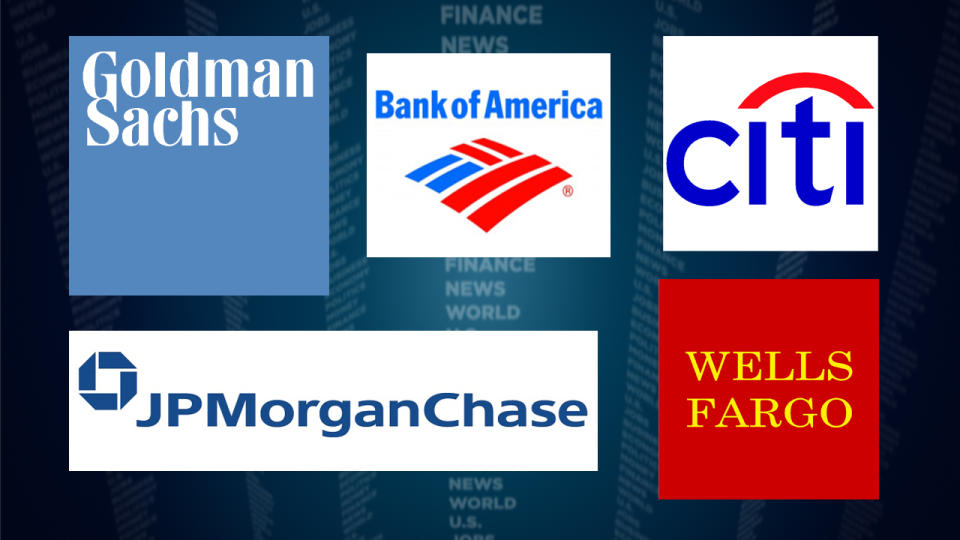Sallie Krawcheck: Big Banks Still Don’t Have Enough Capital

Banks are “certainly safer than they were” in 2008 but they’re far from failsafe, according to former senior banking executive Sallie Krawcheck.
“I think banks and money funds will do just fine in a bad market, in a very bad market, and a very, very bad market,” says Krawcheck, who recently acquired 85 Broads, a global women's network. “But I do worry about a very, very, very, very bad market.”
Specifically, the former Citigroup CFO and head of wealth management at Bank of America worries that banks “continue to be hardly really well capitalized” -- which is a polite way of saying they’re still undercapitalized.
Dismissing the new Basel III capital requirements as “the most complicated construct the world has ever known” – and poorly conceived to boot – Krawcheck prefers to look at banks’ “plain old-fashioned leverage ratio” as the best indicator of health.
Back in 2008, many large banks went into the downturn with leverage ratios of 2% of assets, meaning “you can take a loss of 2% and [then] you’re out of equity,” she says. At the time, many senior bankers thought 2% leverage ratio was sufficient protection, Krawcheck recalls. “Because if you risk adjust this and change this and you offset this…but [the unthinkable] happened.”
Today, the industry average is 8%; again, an improvement but hardly foolproof.
The risk is that 8% “really is 4% to 6%” because banks will lose access to overnight funding if they suffered a 50% loss on capital reserves, Krawcheck says.
Fast forward to the present: The stress tests are “helpful and useful, but what does ‘extended downturn’ mean?” she wonders. “Are those stress tests fully representative of what happens?”
Based on that, Krawcheck’s advice is for investors to avoid concentrating assets in individual bank stocks, and buy a basket if they want exposure to the sector.
“Accidents can and do happen,” she says, citing JPMorgan’s infamous London Whale losses. “JPMorgan (JPM) was easily able to weather it, but the next one may not be.”
Aaron Task is the host of The Daily Ticker and Editor-in-Chief of Yahoo! Finance. You can follow him on Twitter at @aarontask or email him at altask@yahoo.com

 Yahoo Finance
Yahoo Finance 
